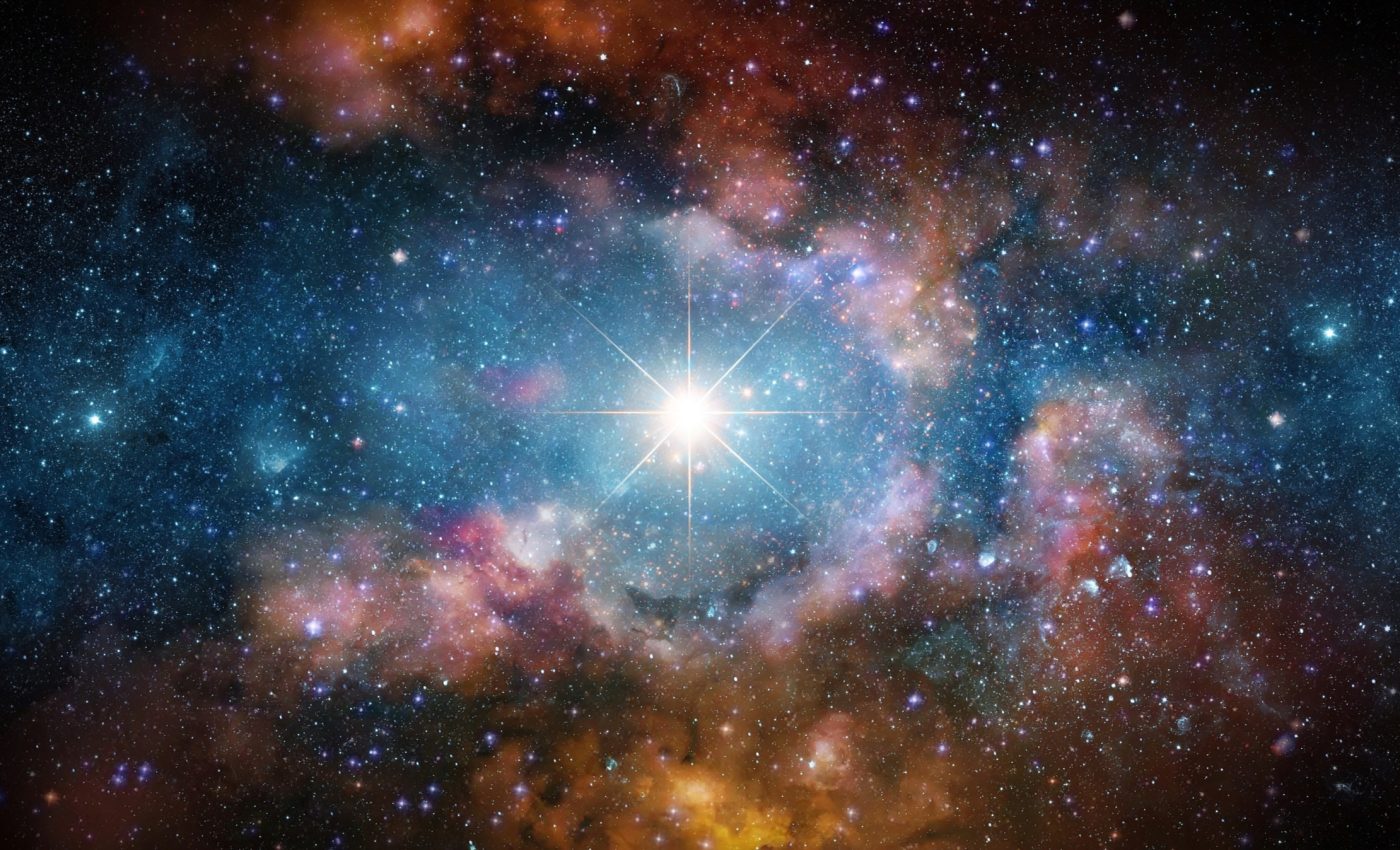
'Odd galaxy' may hold clues to the first stars of the universe
By looking deep into the early universe with NASA’s James Webb Space Telescope, astronomers have made an unprecedented discovery: a galaxy, GS-NDG-9422 (9422), that may hold clues about the first stars of the universe. The galaxy exhibits an odd light signature where its gas outshines its stars.
Found approximately one billion years after the Big Bang, this intriguing galaxy could represent a crucial missing link in galactic evolution, potentially bridging the gap between the earliest stars and the well-established galaxies we know today.
Clues to the first stars
“My first thought in looking at the galaxy’s spectrum was, ‘that’s weird,’ which is exactly what the Webb telescope was designed to reveal: totally new phenomena in the early universe that will help us understand how the cosmic story began,” said lead researcher Alex Cameron of the University of Oxford.
Cameron reached out to colleague Harley Katz, a theorist, to interpret the strange data. Together with their team, the experts realized that the unusual observations closely matched theoretical models of gas clouds illuminated by extremely hot, massive stars, where the gas shines brighter than the stars themselves.
Hotter, more massive stars
“It looks like these stars must be much hotter and more massive than what we see in the local universe, which makes sense because the early universe was a very different environment,” explained Katz, who is affiliated with both Oxford and the University of Chicago.
In our local universe, typical hot, massive stars have temperatures ranging from 40,000 to 50,000 degrees Celsius (70,000 to 90,000 degrees Fahrenheit).
In contrast, the stars in galaxy 9422 appear to reach temperatures above 80,000 degrees Celsius (140,000 degrees Fahrenheit), a striking indication of the galaxy’s unique environment.
Galaxy in midst of intense star formation
The research team theorizes that this galaxy is in the midst of an intense phase of star formation, producing large numbers of massive, hot stars.
Surrounding the galaxy, a dense cosmic gas cloud is being bombarded with photons of light, causing the gas to glow more brightly than the stars.
Universe’s first-generation stars
This unusual phenomenon, where nebular gas outshines stars, is particularly interesting because it was predicted to be characteristic of the universe’s first-generation stars, known as Population III stars.
“We know that this galaxy does not have Population III stars, because the Webb data shows too much chemical complexity,” explained Katz.
“However, its stars are different than what we are familiar with – the exotic stars in this galaxy could be a guide for understanding how galaxies transitioned from primordial stars to the types of galaxies we already know.”
Early stages of galaxy development
Currently, galaxy 9422 represents just one example of this intriguing phase of galactic evolution, and many questions remain.
Are these conditions typical of galaxies during this period, or are they rare? What more can they tell us about even earlier stages of galaxy development?
Cameron, Katz, and their team are actively seeking more galaxies like 9422 to better understand what occurred in the first billion years after the Big Bang.
“It’s a very exciting time, to be able to use the Webb telescope to explore this time in the universe that was once inaccessible,” said Cameron. “We are just at the beginning of new discoveries and understanding.”
Galactic formation and evolution
As researchers continue to investigate GS-NDG-9422, they are eager to identify more galaxies from this early cosmic era that could provide additional insights into the formation of the universe’s first stars.
Such discoveries are essential for piecing together how these early stars shaped the universe’s infancy and influenced the emergence of galaxies.
By studying more galaxies like GS-NDG-9422, astronomers hope to gain a clearer understanding of the transition from the primordial gas clouds of the early universe to the structured galaxies we see today.
These investigations are critical for unraveling the complex processes that drove galactic formation and evolution, while also shedding light on the role of the first stars in shaping cosmic history.
This ongoing research promises to deepen our understanding of the universe’s origins and the role early galaxies played in the grand narrative of cosmic evolution.
The study is published in the journal Monthly Notices of the Royal Astronomical Society.
—–
Like what you read? Subscribe to our newsletter for engaging articles, exclusive content, and the latest updates.
Check us out on EarthSnap, a free app brought to you by Eric Ralls and Earth.com.
—–













